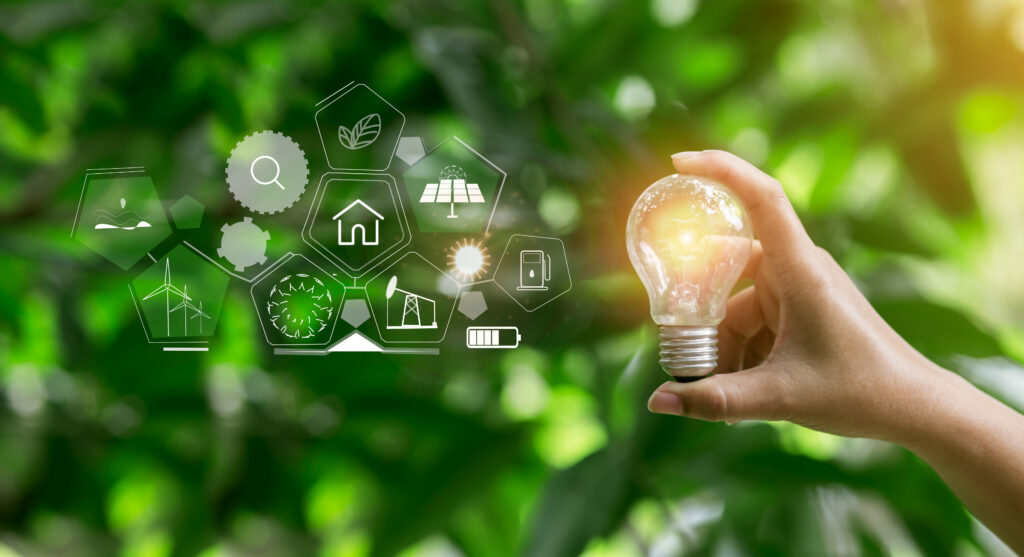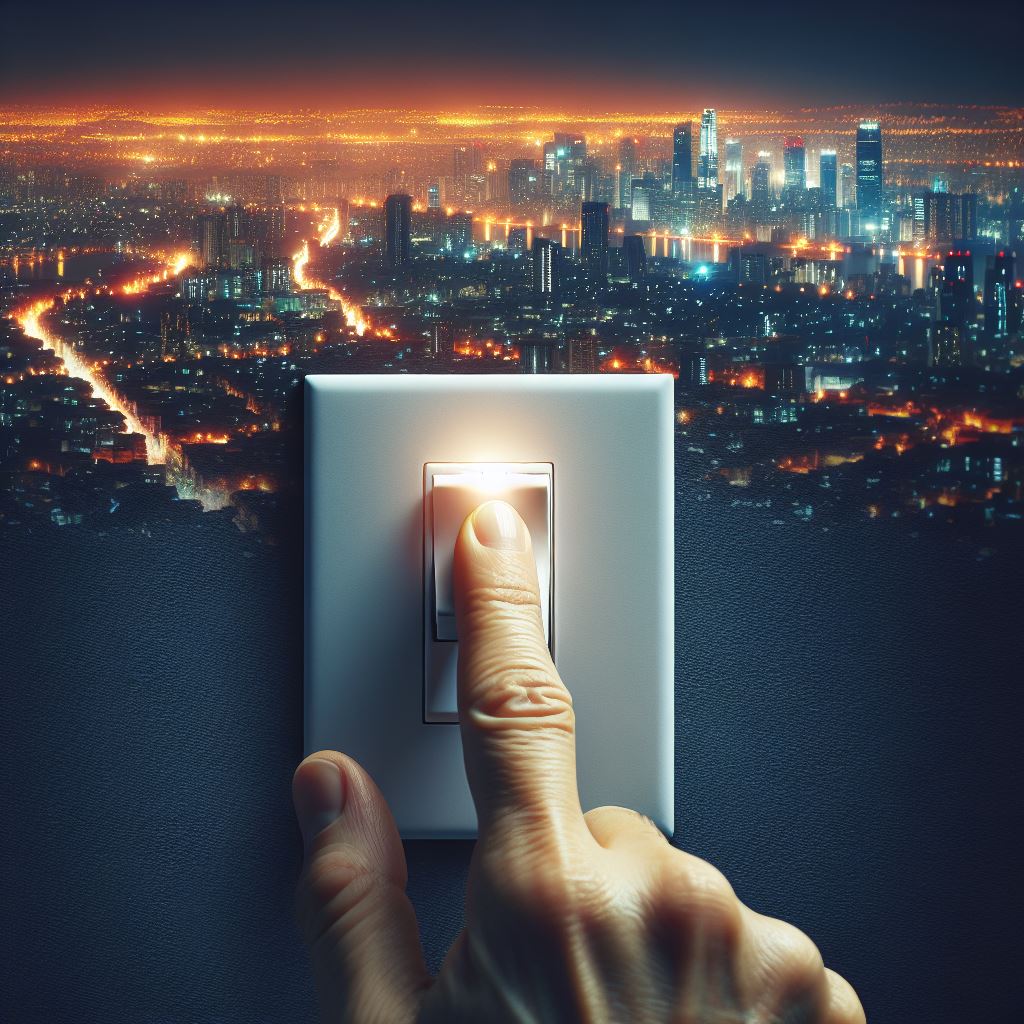
Writer: Charles Der Boghossian, Research Assistant, University of Oulu
Electricity powers our daily lives, lighting our homes and connecting us to the world. But each time we flip a switch, there’s an environmental impact we may not be aware of. By adjusting how and when we use electricity, we can reduce this impact, protect the planet, reduce costs, and make the most of existing renewable resources.
Peak time impact
Electricity demand fluctuates throughout the day, usually peaking in the mornings and evenings when people are at home. These “peak periods” place added stress on the grid, forcing power companies to rely on the fastest but often more environmentally damaging sources, like fossil fuels, or importing electricity from neighboring countries at an increased price [1].
At peak times, power grids turn to fossil fuel plants because they can quickly ramp up to meet demand. However, these plants emit more carbon dioxide (CO₂) and pollutants than renewable sources [2]. This means that, even if your utility provider sources a large portion of electricity from renewables, the power used during these peak times tends to have a higher environmental impact [3]. Hence, reducing energy use during these periods, like shifting appliance use to off-peak times, can reduce the need for these high-pollution generators.

Responsiveness to Renewable Availability Reduces Environmental Impact
Renewable energy sources such as wind and solar are naturally variable, their power output is dependent on the weather and the time of day. By aligning our electricity use to when renewables are most available, we can use more of the clean energy that’s already being generated, making better use of existing resources. For example, running energy-intensive appliances, such as washing machines when windmills are generating power not only helps lower the demand for fossil fuels but also makes the most of the energy capacity we already have [4].
Reducing overall consumption is equally important. Every new windmill or solar farm has an environmental cost when built, from material extraction to installation, and the most significant environmental impact of a generator happens during its construction. By making better use of the generation technologies, we already have, we can help minimize the need for additional infrastructure and the associated environmental impacts [5].

Focusing on Key Environmental Impacts
When we think about electricity’s environmental impact, we often focus on greenhouse gases. While reducing CO₂ emissions is essential to combatting climate change, electricity production has other significant environmental impacts that result from the extraction of natural resources, as well as from the construction, operation, decommission, and disposal of power plants, wind turbines, solar panels, etc. The list of impacts includes but is not limited to those in Figure 3. [6].

I will be diving deeper into these impact categories and how to increase awareness in my master’s thesis, ”Data-based feedback methods that control demand flexibility.” The aim is to answer the question of how environmental impact indicators can be coupled with demand-side flexibility. I hope you stick around for potential future helpful results and recommendations.
References
- Fingrid, “Demand-side Flexibility,” Fingrid, Jul. 11, 2017.
- F. Martins, C. Felgueiras, M. Smitkova, and N. Caetano, “Analysis of Fossil Fuel Energy Consumption and Environmental Impacts in European Countries,” Energies, vol. 12, no. 6, p. 964, Mar. 2019.
- D. McCamey, “What We Know—and Do Not Know—About Achieving a National-Scale 100% Renewable Electric Grid,” www.nrel.gov, May 19, 2021.
- M. Cellura, L. Q. Luu, F. Guarino, and S. Longo, “A review on life cycle environmental impacts of emerging solar cells,” Science of The Total Environment, vol. 908, p. 168019, Jan. 2024.
- United Nations Economic Commission For Europe, “Life Cycle Assessment of Electricity Generation Options | UNECE,” unece.org, Oct. 29, 2021.
- M. Barsanti, S. Yilmaz, and C. R. Binder, “Informing Targeted Demand-Side Management: Leveraging Appliance Usage Patterns to Model Residential Energy Demand Heterogeneity,” Energy and Buildings, vol. 321, p. 114639, Aug. 2024.
6.11.2024.
